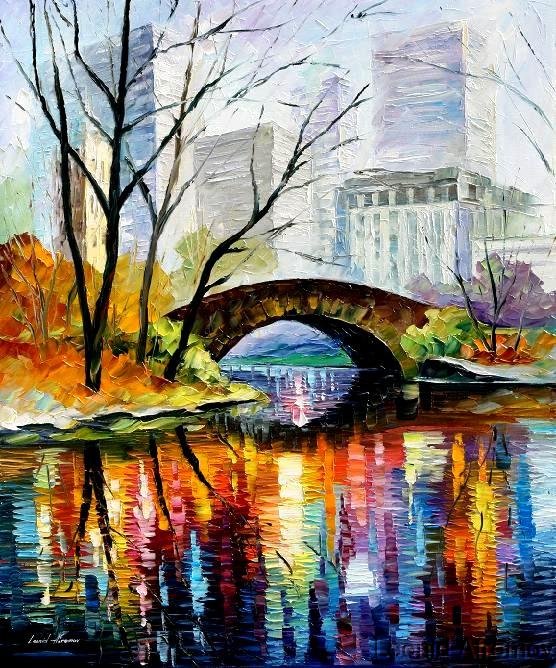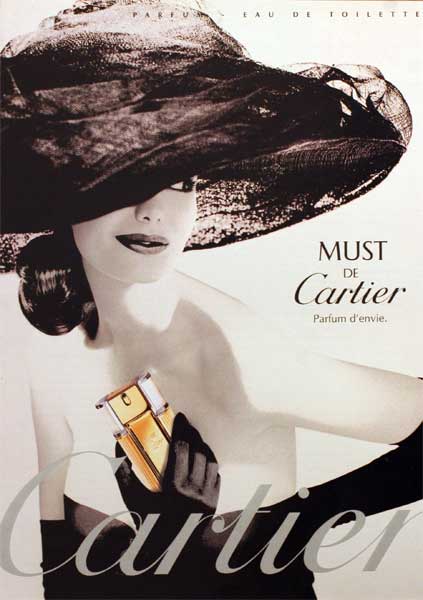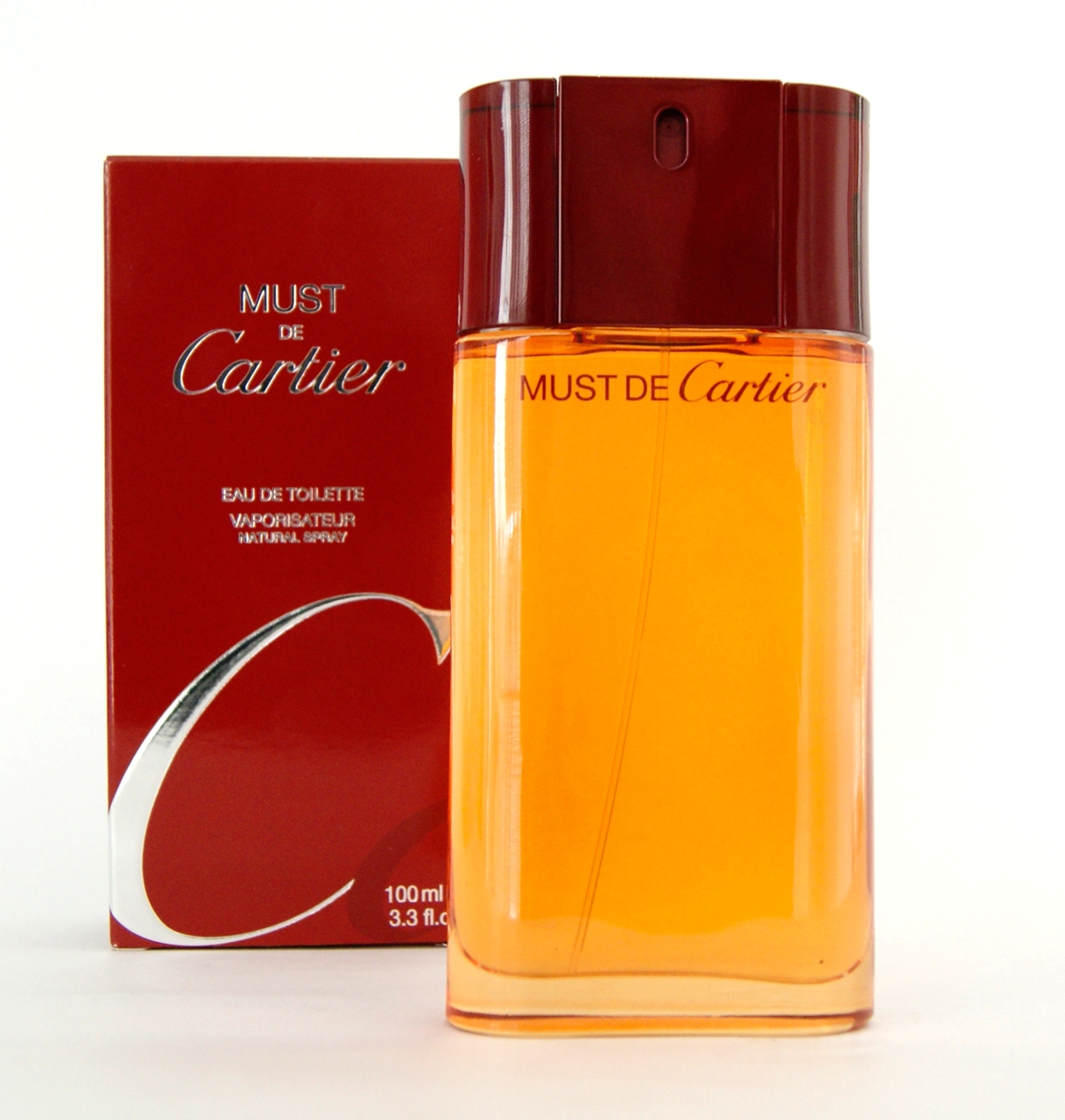Autumn in New York - Vintage Edition
by Sali Oguri - New York Liaison Editor
October 1, 2011

Disclaimer: The views and opinions expressed herein are solely those of the author and/or guest contributors and do not necessarily state or reflect those of The Perfume Magazine LLC, Raphaella Brescia Barkley or Mark David Boberick.
All content included on this site, such as text, graphics, logos, icons, videos and images is the property of The Perfume Magazine, LLC. or its content suppliers and protected by United States and international copyright laws. The compilation of all content on this site is the exclusive property of The Perfume Magazine, LLC. and protected by U.S. and international copyright laws.
THE PERFUME MAGAZINE LOGO & BANNER; Perfume Magazine Brand Consultant: Tim Girvin
Our logo was created by GIRVIN | Strategic Branding, based in Seattle, NYC, and Tokyo. This is a specially built font that their design team created exclusively for Perfume Magazine. It is a custom cutting, redrawn and founded on a type design originated in 1798 by Giambattista Bodoni, drawn from the archives of Firmin Didot, an exemplar of luxurious design principles for hundreds of years. GIRVIN's team built the "fume" trail, as well as composited the arrangement of the bottles as part of the branding strategy.
The Perfume Magazine Banner was designed exclusively by GIRVIN and is the property of The Perfume Magazine, LLC.
All images appearing in the banner are registered trademarks of their respected company and are used with permission.
The logo and banner are property of The Perfume Magazine, LLC. and are protected by U.S.and international copyright laws.
Additional Banner information can be found on our ABOUT page.
© Copyright. 2011. All Rights Reserved. The Perfume Magazine LLC
Autumn in New York conjures a cornucopia of images: the changing colors of maple leaves, fresh seasonal delicacies at the farmer's market, and, to borrow the lyrics from the famous jazz standard written by Vernon Duke in 1934, "Glittering crowds and shimmering clouds in canyons of steel". As the air turns crisper, I like to turn to warmer, more glamorous fragrances, all of which might have seemed overwhelming during the summer.
Now, I don't believe perfumes are necessarily seasonal, any more than they are gendered; for instance, I might associate the scent of apples with autumn because of my personal memories of going to the apple orchard during the height of harvest, but if I lived in the Southern hemisphere, such as in Australia where it is currently Spring, I might associate the month of October with strawberries! The term "seasonal" itself is meaningless to people who live where there are no seasonal changes. Nevertheless, when I speak of seasonal fragrances, I'm addressing the topic of matching the heaviness or density of the composition with the climate we're in; it's a theory that goes with the scientific notion that our ability to smell is weaker in the cold (Most scent compounds are more volatile when warmer, making them easier to smell). Thus, I can get away with the more substantial, exciting, even over-the-top scents - and that's where classic vintage perfumes come in.
For the purpose of this article, I'd like to clarify that by "vintage", I mean perfumes from roughly 20 years ago or older. In the world of antiques, of course, 100 is the magic number that defines something as being antique. 50 is the usual marker for what we call "vintage", but since many of my favorite older perfumes are from the '80s, the heyday of power perfumes, I feel the need to include them in my list of classic (timeless) compositions that still feel modern enough to wear today. My personal choices range from sweet and powdery to the more angular and spicy. Whether you're an Old Hollywood glamourpuss or a Bohemian New York hipster, there's something for everyone in the grand, historical arsenal of classics to choose from. In the US where fashion eras not only come and go, but actually return like the seasons in cyclical form, it's only natural for vintage classics to return this Fall, all anew once more.
Classic perfumes and their modern descendants:
Lanvin Arpège, Must de Cartier, Robert Piguet Bandit and Chanel Égoïste






Powdery
Lanvin Arpège (1927): Lanvin Arpège is named for a musical form called an arpeggio (succession of notes) because Jeanne Lanvin's daughter, Marie-Blanche, whom she had Arpège created for, was an opera singer. Presented in 1927, it was created in the style of Chanel N°5 (1921), the most famous perfume in the world, thanks to its association with Marilyn Monroe who famously wore the downy "adult baby powder" scent to bed. Although Arpège is likewise a ladylike Aldehydic Floral, it has a distinctive character being darker, sweeter and more floral compared to N°5; the notes I pick up most prominently in this complex, sophisticated composition are honeysuckle, vanilla and patchouli. The scent of Arpège is as iconic as the mother-and-child logo of the Lanvin brand, as soft as an angel's kiss, and almost as difficult to fully fathom as a challenging piece of music is to learn to actually perform.
If you like Arpège, you might also like: A softly musky bouquet of rice powder and purple flowers, Chloé Love, Chloé (2010), and Balenciaga Paris L'Essence (2011), a bolder version of the original Balenciaga Paris, a maquillage scent of powdery violets harkening back to Balenciaga Le Dix (Floral Aldehyde, 1947).
Spicy
Must de Cartier (1981): Opulence is a key word this Fall, and nothing speaks of opulence more than classical Oriental perfumes. Most of us are familiar with the ambery, spicy scent of Calvin Klein Obsession (1985), a rich Oriental perfume with instantly recognizable notes of cinnamon and clove; Must preceded Obsession by 4 years, and features similar notes and construction. Spicy and resinous with notes of carnation, amber, sandalwood, vanilla, lemony citrus (bergamot) and peach on a bed of leather and naughty civet, the fiery, dramatic blend is an olfactory homage to Guerlain Shalimar (1925), the definitive Oriental fragrance, a true classic, as classically romantic as the story of the Taj Mahal. The handsome fragrance of Must de Cartier was launched in an equally handsome bottle, originally designed to replicate the shape of a Cartier lighter (according to author Michael Edwards, from Perfume Legends: French Feminine Fragrances).
If you like Must, you might also like: The spicy-woody, strikingly angular yet serene mystery of Odin 01 Nomad (2009, renamed Sunda), and Guerlain Shalimar Parfum Initial (2011), a modernized take on the original, legendary Shalimar, the perfect marriage between jasmine and rose, bergamot and luxurious sandalwood.


Bitter
Robert Piguet Bandit (1944): A serious perfumista's wardrobe isn't complete without a perfume by Germaine Cellier, the perfumer behind bombshell tuberose Robert Piguet Fracas (1948), beloved by countless celebrities from Madonna to Martha Stewart, and the greenest of green, Pierre Balmain Vent Vert (1947), a favorite of Brigitte Bardot (according to author Jan Moran, from Fabulous Fragrances I). Germaine Cellier's most daring creation, Robert Piguet Bandit, is an unconventional blend of bitter and sweet notes, a remarkable gender-bender with notes of leather, vanilla, artemisia and galbanum. If avant garde is more your speed than traditionally pretty things, this smoky dominatrix of a perfume ought to tickle your jaded city-dwelling heart.
If you like Bandit, you might also like: The powdery and ethereal yet dark and deep Givenchy Dahlia Noir (2011) with hints of labdanum for its nouveau noir, chypre effect, and Cartier Les Heures de Parfum XIII La Treizième Heure (2009), an urbane shared gender masterpiece of a vanillic leather with smoky birch tar notes.
Fruity
Chanel Égoïste (for Men, 1990): If you're looking for a fruity autumnal scent, one as hearty in flavor as mulled wine, here it is. An interesting fact about this world renowned fragrance for Men according to Basenotes, is that it was originally launched in the USA as a limited edition called 'Bois Noir' in 1987. Spicy, woody and vanillic with a rich heart of Damask rose, stewed fruits and honey, I loved it enough to borrow a spritz here and there from the dandy guy who owned a bottle of this gem. Created in the excessive '80s by Chanel's in-house perfumer Jacques Polge, the tenacity of this fragrance is something to be reckoned with. A little goes a long way, so feel free to dab some behind your ears with your fingertips as movie stars from the days of yore had done.
If you like Égoïste, you might also like: The pungently warm, spicy and incense (myrrh)-laden L'Artisan Parfumeur Méchant Loup (1997) with a sweet licorice twist, and a new, bodacious fruity chypre with rose, patchouli and honey accents, Elie Saab Le Parfum (2011).
(Image: Vintage ad circa 1966)
Additional Images supplied by Editor; Art image: CENTRAL PARK NEW YORK Leonidafremov